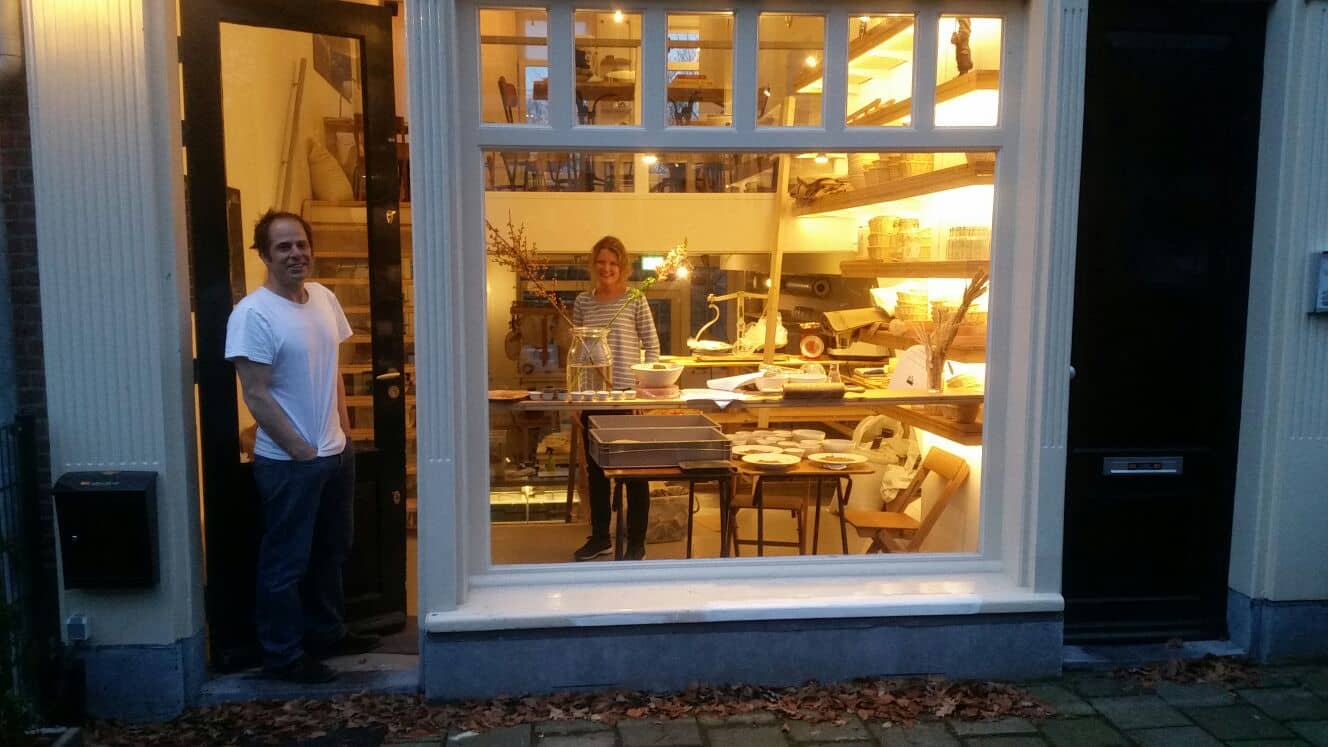
In conclusion, balance and the flavour of fermented foods are fundamentally related to the Maxwell-Boltzmann temperature distribution and finding the right balance is not always a piece of cake.
Read en learn more:
- Why are enzymes so big (part 2)?
- Interview: health and sustainability (dutch)
- Video impressions
Jechiam Gural explores interactions with microbes almost on a daily basis at Baking Lab , a micro bakery and cafe in Amsterdam where sourdough bread is baked and new recipes are developed to reduce food waste. The place has become a kind of hub for all kinds of bakers and people who want to learn more about fermentation, bread, food and health. Baking Lab is an example of how artisan bakeries can help support place-making and contribute to their communities in an inspiring way. He developed a novel community art project exploring the impact of running on the creativity of the human brain to promote innovative ideas about sustainability (Pollen Ideas). Jechiam also co-founded an R&D software company (Noterik BV) that collaborated with national and international research organizations to develop new information indexing and retrieval solutions to support educational and innovative multimedia interactions. Before becoming an R&D entrepreneur he completed his MSc Biology studies at the University of Amsterdam.

